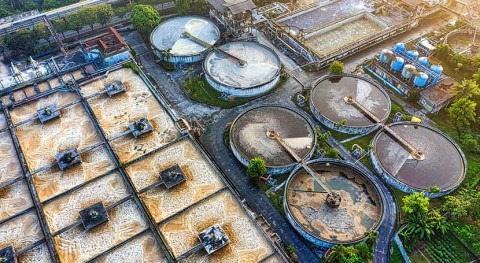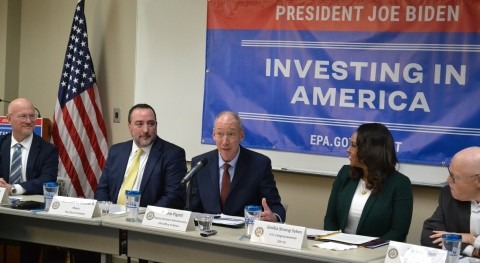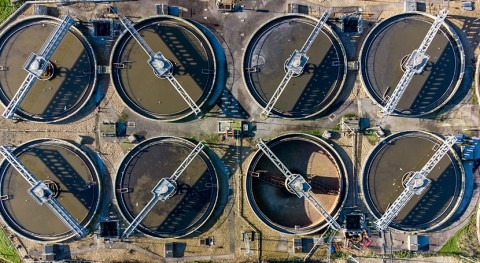The U.S. Environmental Protection Agency (EPA) finalized the Fifth Unregulated Contaminant Monitoring Rule (UCMR 5) to establish nationwide monitoring for 29 per- and polyfluoroalkyl substances (PFAS) and lithium in drinking water. This action is essential to addressing the public health and environmental risks of PFAS in drinking water and marks a significant milestone in EPA’s PFAS Strategic Roadmap.
“At EPA, we are advancing the science and the monitoring that are necessary to protect all communities from PFAS,” said EPA Administrator Michael S. Regan. “With the data provided by this rule, EPA will be able to develop better regulations while the agency, states, and our local partners will be able to make protective public health decisions that are grounded in science.”
EPA uses the Unregulated Contaminant Monitoring Rule to monitor for priority unregulated contaminants in drinking water every five years. UCMR 5 will collect new data on 29 PFAS that is needed to improve EPA’s understanding of the frequency and magnitude at which these chemicals are found in the nation’s drinking water systems. Additionally, expanded monitoring in UCMR 5 will improve EPA’s ability to conduct state and regional assessments of contamination. This will enable analyses of potential Environmental Justice impacts on disadvantaged communities. This data will also serve as a potential source of information for systems with infrastructure funding needs for emerging contaminant remediation.
The Safe Drinking Water Act (SDWA), as amended by America’s Water Infrastructure Act of 2018, now requires all drinking water systems serving between 3,300 and 10,000 people to participate in UCMR and specifies that a representative sample of systems serving fewer than 3,300 people participate, subject to the availability of appropriations and sufficient laboratory capacity. If the necessary funds are appropriated, the UCMR 5 will significantly expand the number of small drinking water systems participating in the program, which should provide more Americans with a better understanding of potential contaminants in their drinking water. The rule requires participating drinking water systems to collect samples from 2023-2025 and report final results through 2026.
EPA will hold multiple webinar meetings for stakeholders in 2022. Dates and times of the upcoming meetings will be posted on EPA’s website at: https://www.epa.gov/dwucmr/unregulated-contaminant-monitoring-rule-ucmr-meetings-and-materials.



















